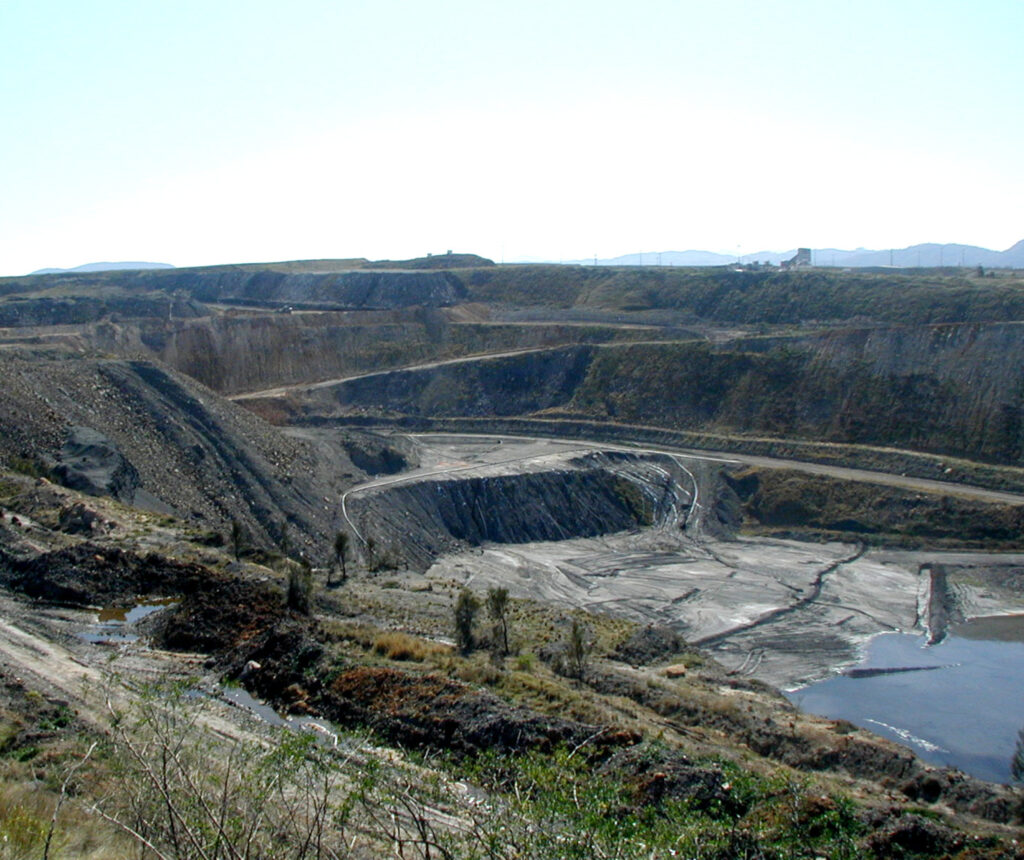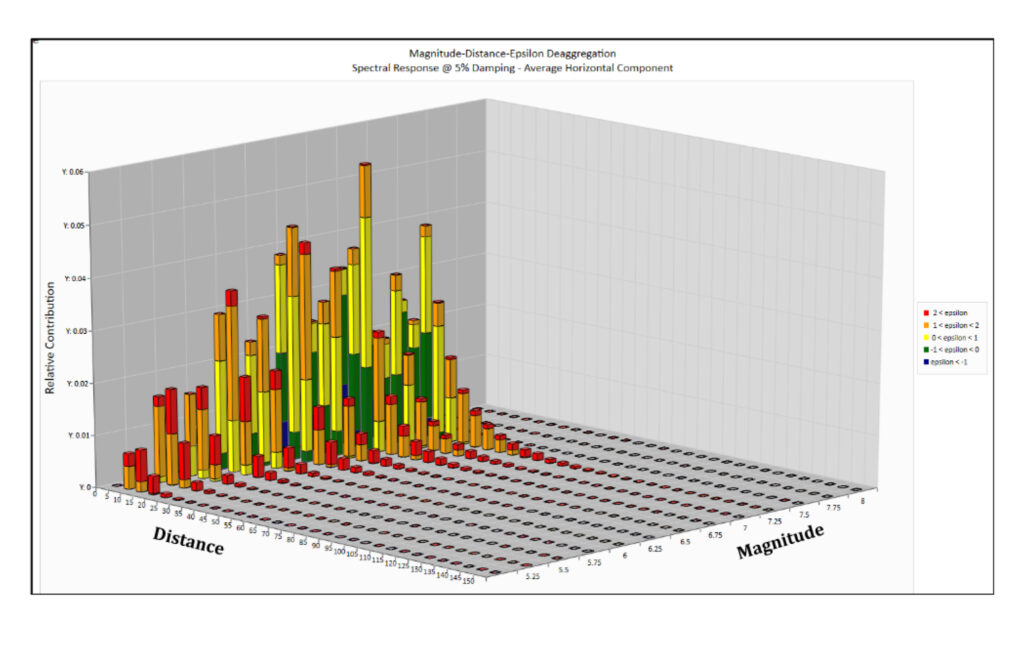Probabilistic Seismic Hazard Assessment

ATC Williams Pty Ltd performed a site-specific Probabilistic Seismic Hazard Assessment (PSHA) for the Mount Arthur Coal Mine site to update a previous PSHA study prepared in February 2010 by Seismology Research Centre.
The sediments within the Hunter Basin are predominantly near-horizontal layered and have considerable depth, resulting in notable frequency-dependent site amplification effects. Due to the complexity of these conditions, a basic Vs30 analysis was considered inadequate necessitating the recommendation of a frequency-dependent SHAKE analysis.
The unique seismotectonic properties of this site required these considerations to be applied:




Click below to login to our ITransfer Portal.
For more information, please read our Privacy Statement